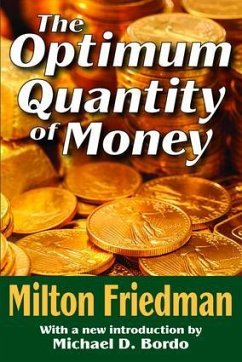
On the Comparison of Price and Quantity Competition
What Type of Competition is most preferred?
Versandkostenfrei!
Versandfertig in 6-10 Tagen
32,99 €
inkl. MwSt.

PAYBACK Punkte
16 °P sammeln!
In a monopoly, the equilibrium outcome is the same no matter if firms compete on price or on quantity. However, lots of firms have visible rivals with whom strategic interaction is a fact of life. This is known as imperfect competition. With imperfect competition, competing on price will lead to a different outcome than competing on quantity. Each firm needs to analyze what strategy, price or quantity, brings the highest profit for the firm and the highest surplus for the consumer. In order to compare and contrast price and quantity competition, two classical models of duopoly, the Cournot and...
In a monopoly, the equilibrium outcome is the same no matter if firms compete on price or on quantity. However, lots of firms have visible rivals with whom strategic interaction is a fact of life. This is known as imperfect competition. With imperfect competition, competing on price will lead to a different outcome than competing on quantity. Each firm needs to analyze what strategy, price or quantity, brings the highest profit for the firm and the highest surplus for the consumer. In order to compare and contrast price and quantity competition, two classical models of duopoly, the Cournot and the Bertrand model, are introduced. These two models can be analyzed according to different setups. Homogeneous and heterogeneous goods are considered. Also, it is important to distinguish between simultaneous and sequential move of the firms in their strategic interaction. The sequential choosing of actions makes the game dynamic and is known as the Stackelberg game. Furthermore, it is necessary to distinguish between exogenous and endogenous moving time decision of the firms. This analysis should be especially useful to students and researchers in Microeconomics.












